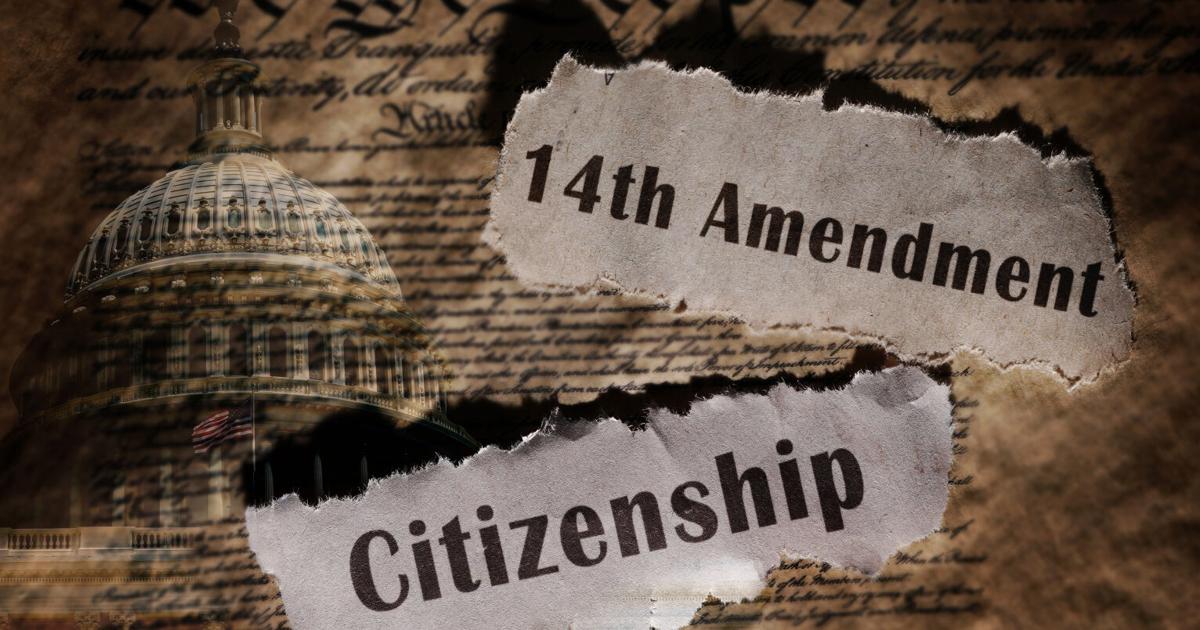(ThyBlackMan.com) The recent elections left the United States Senate in Democratic hands with the breakdown between the parties roughly the same as before the election. Although this was a surprise to many as Republicans were predicted to pick up many seats (if not take charge outright), the partisan makeup in the Senate tracks closely to the current partisan makeup in the country. What the Senate does not reflect though, is the racial and ethnic makeup of the country.
Of the 100 Senators who will take office in January 2013, very few represent one of the ethnic groups that make up an increasingly larger percentage of the American population; Most glaring of all is the lack of African American representation. After the election there were no African Americans in the Senate, but that seems likely to change. Recently Senator Jim Demint of South Carolina retired and is likely to be replaced by South Carolina representative Jim Scott, whom Indian-American governor Nikki Haley has promised to appoint.
one of the ethnic groups that make up an increasingly larger percentage of the American population; Most glaring of all is the lack of African American representation. After the election there were no African Americans in the Senate, but that seems likely to change. Recently Senator Jim Demint of South Carolina retired and is likely to be replaced by South Carolina representative Jim Scott, whom Indian-American governor Nikki Haley has promised to appoint.
With the diversity of the United States, many are asking why more minorities, especially African Americans are not represented in the Senate. Presently, the United States is roughly 13% African American, 15% Hispanic and 3% Asian, and 67% white but the Senate is roughly 96% white. Currently, therefore, the United States Senate does not really look like modern America. Moving forward the likelihood of the Senate having an influx of minorities seems remote. Why is this the case? There are many reasons:
Senators stand for re-election every 6 years and many current Senators have held their office for decades. The Senate is the pinnacle for many politicians and second only to the Presidency in stature, so once a person is elected to the Senate, they stay there and with the tendency for incumbents to win every election, openings in the Senate are extremely rare. This means that qualified African Americans often don’t have many chances to run for a Senate seat and instead focus on state and local office and seats in the House of Representatives; This is particularly true of the Democratic Party.
African Americans support the Democratic Party with over 90% of their vote election after election; one would think that many African Americans in the Democratic Party would be available to run for Senate. However, even with 13% of the population nationwide, there is no state that is majority African American and it remains difficult by virtue of statistics; for African American candidates to win statewide election. Only President Obama and Massachusetts Governor Deval Patrick have been able to do so in recent elections.
In most states, running for Senate requires a well established moderate candidate. We saw this in the last election when Republicans basically threw away two Senate seats that should have been theirs because their candidates made very controversial comments and proved themselves out of the mainstream. Unlike House candidates, Senate candidates must appeal not only to members of their party but independents and, hopefully, a few members of the opposing party. There are some states that are either deep red where just about any Republican could win or deep blue where any Democrat could win, but in most states the Senate candidate must appeal to a large numbers of diverse voters by taking a middle of the road path.
The most fertile ground for African American candidates for the Senate would be the African American House members, but many of these members, especially on the Democratic side are in districts drawn specifically for African American candidates. These members rarely have to compete for their seats and never have to reach out to members of the Republican Party since there are few Republicans in their districts. Many of these members would have a difficult time running statewide and as mentioned earlier they are reluctant to give up a sure House seat for a long-shot attempt at a Senate seat.
Since reconstruction there have only been 7 African American Senators. Two were from Mississippi during Reconstruction when former slaves were afforded the right to vote. The five African American Senators in recent history include Republican Edward William Brooke, III of Massachusetts in the 1960’s and 1970’s, Carol Moseley Braun in Illinois in the 19902’s, President Barack Obama who was Senator from Illinois from 2005 until he was elected President in 2008, his successor Roland Burris who serviced until 2011 and soon to be appointed, Tea Party darling; Tim Scott of South Carolina. Scott is an instructive example of where opportunities for African American Senate candidates may lie in the future and ironically those opportunities may come from the Republican Party more than the Democratic Party.
Scott was a member of the House from the Charleston area and in a district that is majority white and very conservative. To win this seat outright he’ll have to appeal to an electorate that mirrors the statewide electorate in South Carolina and it will be interesting to see how Scott does when he runs for a full term. Chances are he will do just fine statewide and win that full term. The few African American politicians in the Republican Party are competing in states where they, as African Americans, are in the minority. But, their ideology persuades voters to support them and they have done well in statewide races and may likely continue to do so in the future if the GOP reforms it’s “good ole boy” network.
There is no way to know when the US Senate will look more like America, but as minority populations increase, as more minority candidates work their way up the ranks of each party and as more long term white Senators retire, the chances for minority candidates will increase and those candidates will do well. At that point the Senate will look more like modern America.
Staff Writer; Stanley G. Buford
Feel free to connect with this brother via Twitter; Stanley G. and also facebook http://www.facebook.com/sgbuford.

















Does the U S Senate Really Look Like America? No; but it definitely reflects the distribution of power in America; or the lack thereof.
@ Pat: there are a record number of female senators in Congress; the most there has ever been in the history of this nation.
I believe Terrance offers a great perspective. Truth simply is: if you’re broke in this country, your vote means zilch. Politicians cater to the wealthy business class. Point blank. They don’t care about the masses of consumers. Even the bible tells you no one listens to a poor man (Ecclesiastes 9:16). That goes extra for a poor group of people.
And by poor, I don’t mean we don’t have money. Studies show we (black Americans) have enough money to collectively create the 10th largest economy in the world. The problem comes in when 34 million out of 35 million of us are running off doing our own individual thing with no state of mind to work for the collective good.
In other words: no sense of community. That’s a lost concept on black folks: that is, until another Trayvon Martin or Rodney King takes place. The only time we seem to come together is when cops are whooping our ass. Or when its time for a party. Its sad when the only thing holding us together is the fact that other people despise us, when we should be held together by the love we have for one another.
To my honored and esteemed reader:Steph; I am glad you liked this article. I wrote it prior to the appointment of the now Senator Tim Scott and wanted to put it in the hands of readers as soon as possible. There was a typo (78 s/b 7) which has been corrected. Thanks again for your patronage.
It would have been interesting also if the article covered also the lack of representation regarding the female gender in the history of this country, with its causes, etc.
This is a perfect reason why we can’t rely on the government to solve our problems. Their goal is to get re-elected every year, and the only way to do this is to lie to the people and take money from big business in order to beat the other guy, which means they owe big business not the people. The whole system is messed up. But it’s what we have, and in order to take advantage of it, we as a people need to be organized with a strong economic base to get what we want instead of voting for the lesser of the evils every year.
Black Unity means financial independence and happiness
This information: 78 African American Senators is false. It has to be corrected! Besides that, the article is excellent!
Excellent article!